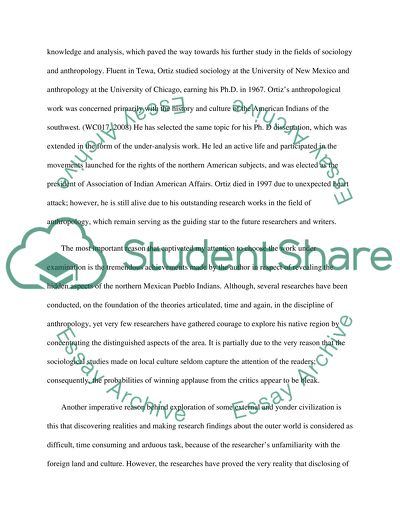Cite this document
(“The Tewa World by Alfonso Ortiz Book Report/Review”, n.d.)
The Tewa World by Alfonso Ortiz Book Report/Review. Retrieved from https://studentshare.org/literature/1409840-anthropology-diagnostic-essay-about-an
The Tewa World by Alfonso Ortiz Book Report/Review. Retrieved from https://studentshare.org/literature/1409840-anthropology-diagnostic-essay-about-an
(The Tewa World by Alfonso Ortiz Book Report/Review)
The Tewa World by Alfonso Ortiz Book Report/Review. https://studentshare.org/literature/1409840-anthropology-diagnostic-essay-about-an.
The Tewa World by Alfonso Ortiz Book Report/Review. https://studentshare.org/literature/1409840-anthropology-diagnostic-essay-about-an.
“The Tewa World by Alfonso Ortiz Book Report/Review”, n.d. https://studentshare.org/literature/1409840-anthropology-diagnostic-essay-about-an.


